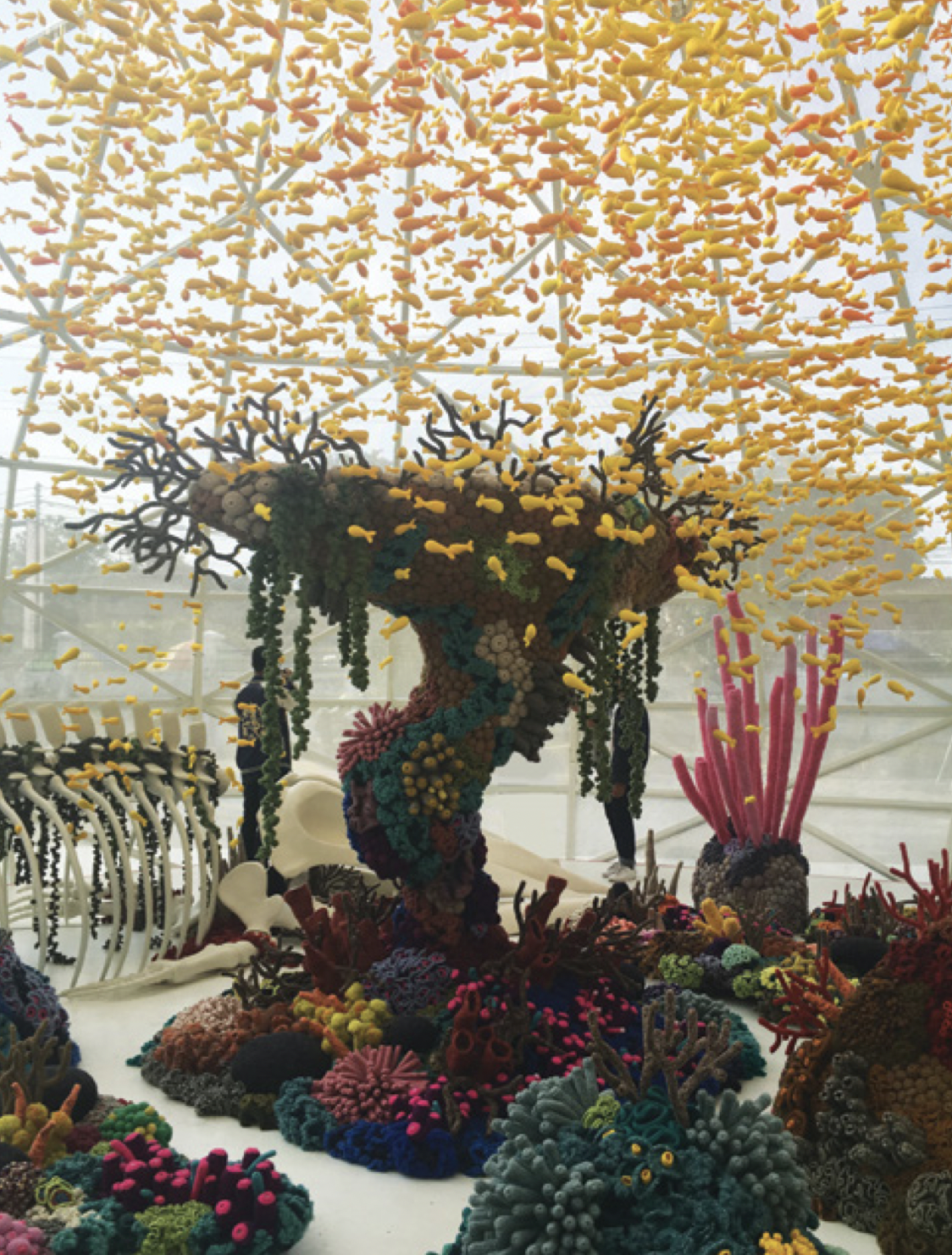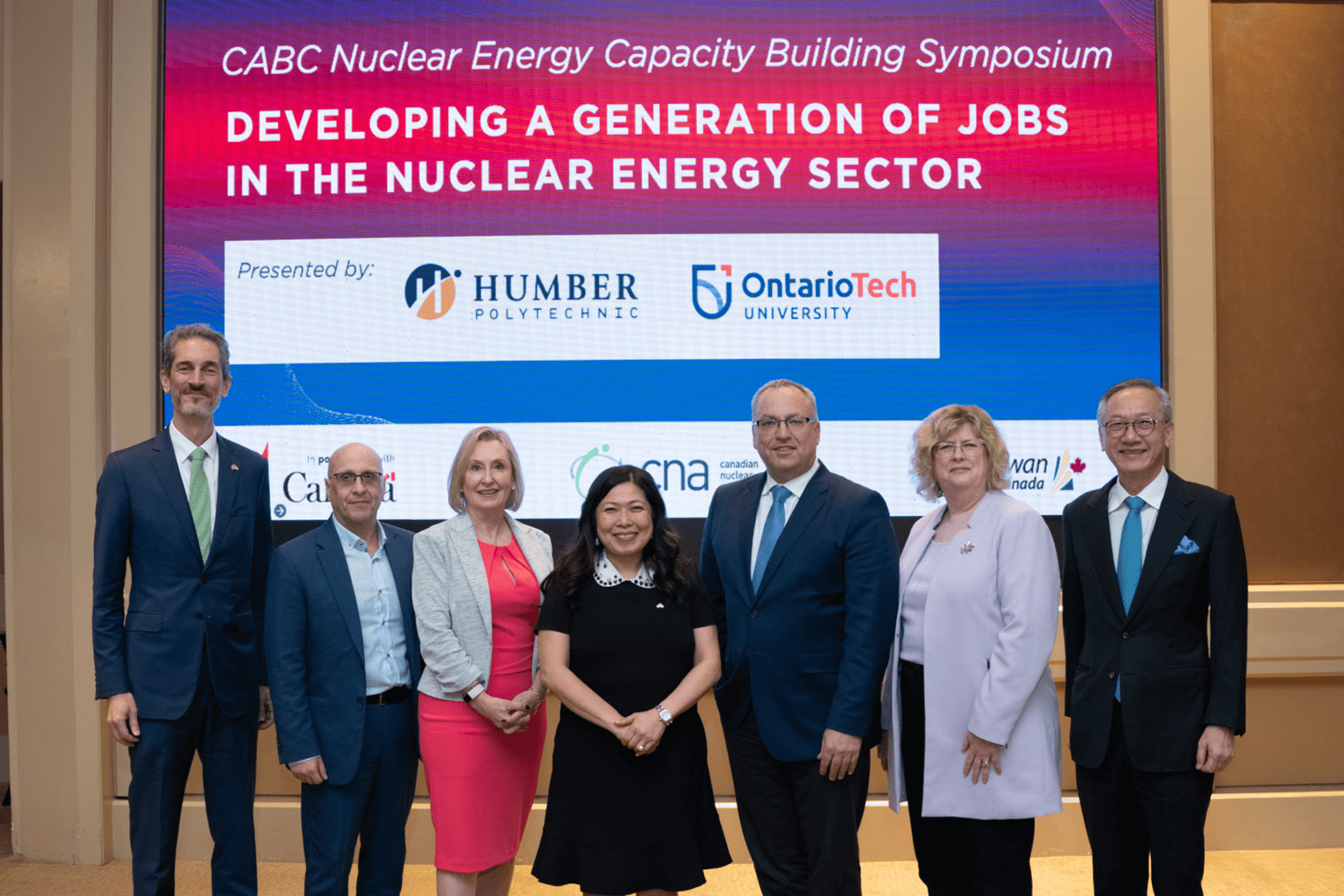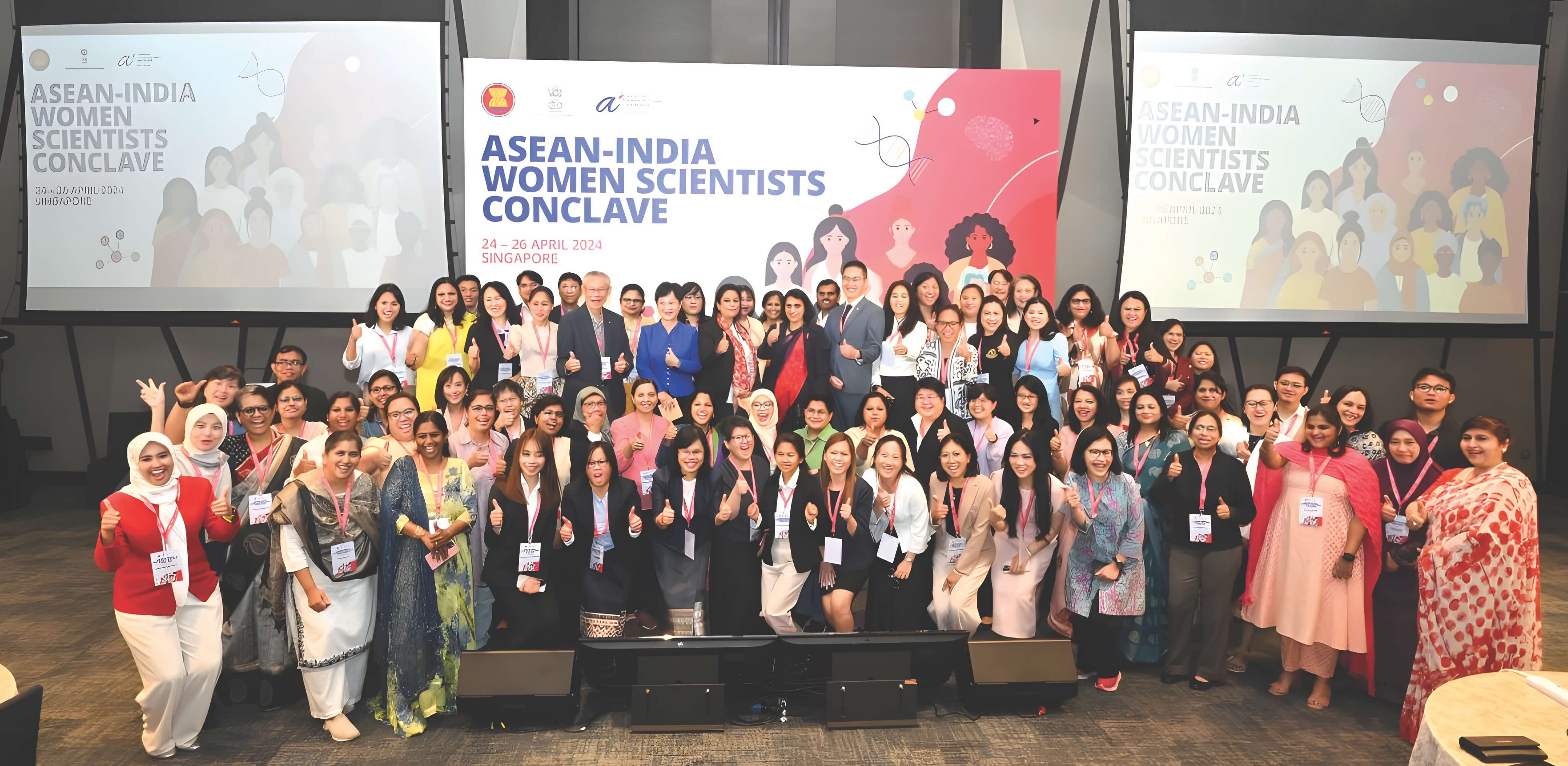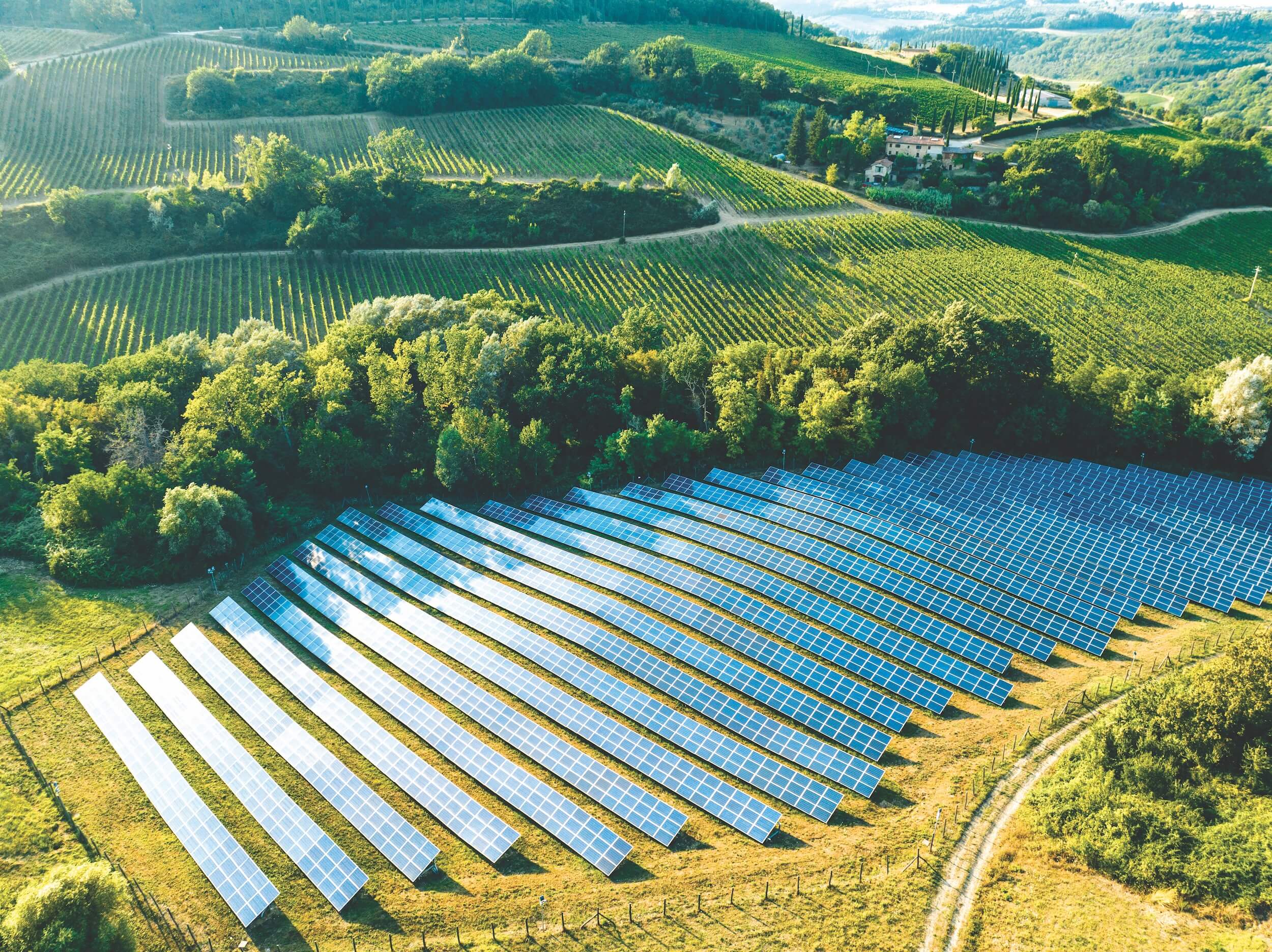



Identity is not inscribed in stone and fixed for all eternity. It is an ongoing process of being and becoming, never truly reaching a standstill.
Imagined ASEAN Community
Identity and the ways we define it are constantly shaped by history. The old worldview that anchors identity on racial or religious grounds has been proven obsolete, and has given way to a new and more inclusive worldview that anchors identity on common goals and practices.
Socio-cultural exchanges in the region have helped mould a sense of a Southeast Asian identity. These exchanges date back to the early centuries, in the era of ancient kingdoms. People in Southeast Asia began learning and integrating each other’s culture through constant interaction, trade, intermarriages, and alliances. These processes have led to a common set of values and even traditions, such as music, dances, rituals, literature, and culinary practices.
We harnessed our common identity and shared values to build one community—the ASEAN community. Established in 1967, ASEAN was envisioned to lead to economic growth, social progress, and cultural development. It was likewise envisioned to contribute to regional peace, security, and stability by encouraging cooperation between and among ASEAN Member States.
Through ASEAN, we constructed a set of values, which builds upon our historically shared values. These values are reflected in Article 2 of the ASEAN Charter as follows: respect, peace and security, prosperity, non-interference, consultation/dialogue, adherence to international law and rules of trade, democracy, freedom, promotion and protection of human rights, unity in diversity, inclusivity, and ASEAN centrality in conducting external relations.
Our shared and constructed values provide the foundation of our imagined “ASEAN Identity.” By adhering to these values, we affirm and reinforce who we are and what our common purposes are as ASEAN people.
Fostering Regional Identity through Arts and Culture
In shaping ASEAN Identity, arts and culture have a significant role to play. Artistic and cultural exchanges between Southeast Asian nations expose people to different worldviews and ways of life. They allow ASEAN people to become aware of cultural similarities as well as differences.
Discussions and symposia alone cannot promote cultural understanding. What we need is to continuously take part in artistic and cultural activities and exchanges to become appreciative of each other’s society and culture.
The art community has been leading such exchanges for many decades. In visual arts, the countless festivals, biennales, and other collaborative activities have brought together artists from different parts of Southeast Asian countries. These efforts have taken artistic practices into a whole new level and resulted in an array of artistic works that stretches from one corner of Southeast Asia to the other. I believe that it is our role as government bodies, within the ambit of ASEAN, to strengthen these kinds of initiatives. Governments should play a facilitating role in this bottom-up process of regional identity-making.
Enriching Diversity through Creative and Cultural Industries
We begin with an awareness that each culture has been influenced by and have similarities with other cultures. Hybridisation, resulting from borrowing and adoption of cultural elements of other societies, is a historical fact. Having said these, ASEAN Member States are still very much culturally diverse. We should pay serious attention to each other’s cultural differences and specific cultural contexts to preserve national identities while building regional harmony.
We believe that such cultural diversity is not an obstacle to development. In fact, we believe that cultural diversity is the foundation of sustainable development. ASEAN Member States’ distinct cultural practices allow each state to respond to complex sustainable development challenges—such as climate change, migration, rapid population growth, food insecurity, land degradation, war and conflict—in different ways. But our efforts can be complementary and can have spaces for collaboration.
Our diverse cultural expressions can be channeled to create cultural and creative industries. Everywhere in the world today, cultural economy is on the rise. We need to invest in culture not only to improve people’s economic welfare, but also to create a more tolerant and diverse society.
The challenge today is reducing inequality of access to and benefits from cultural and creative industries. We need a regional cultural initiative platform that will match national governments with artists or cultural workers who may require assistance for key projects, such as festivals and other similar collaborative activities.
This regional platform can also serve as a site for new cultural activism. We must realise that the arts and culture are now increasingly used, not just for personal expression and fulfilment, but also as calls to action and social change. We should encourage the formation of cross-border cultural activism networks.
Regional Cultural Ecosystem for ASEAN Identity
The world is facing intra and inter nation-states conflicts, the threat of terrorism and extremism, the responsibility of managing streams of refugees, and natural disasters. These challenges are indeed serious and demand our attention and energy. But, the world is also facing another fundamental challenge—the rise of racism and prejudice against people, groups, beliefs, and different cultures. An inclusive ASEAN Identity is the antidote to this global pandemic. By close collaboration, we at Southeast Asia are already aware of this curative power of culture.
To foster ASEAN identity, we need to make an effort to strengthen our regional cultural ecosystem.
Each nation in Southeast Asia has its own cultural ecosystem which ranges from creation, production, dissemination and exhibition, to consumption of cultural goods and services. Each subsystem is not an isolated phenomenon but a node in a regional network of cultural ecosystems. Creation of cultural goods, for example, presupposes consumption of those same goods in other countries. The way we consume cultural goods determines the way we create it and vice versa.
Realising this, we must link our cultural ecosystems at the regional level. We must encourage the sharing of resources, knowledge, and technology.
Our regional identity depends on the preservation of the cultural identities of each ASEAN Member State. Hence, each state must work to nurture its unique cultural expressions while collaborating with other nations to expand cultural exchanges and link our cultural and creative industries.








